Since forming in 2009 after receiving funding by the Arts Council to perform a live dubstep gig, Submotion Orchestra have established a name for themselves in a genre they can truly call their own. Infusing jazz, electronica, dub and neo-soul, there is no one that makes music quite like them and their most recent album ‘Colour Theory’ has seen them further their sound in the direction of crisp electronica adding yet another string to their bow.
Up until last year, the band have been fronted by the inimitable Ruby Jones. Blessed with a voice of pure soul, Ruby could not have been a better fit for the seven piece and drew plaudits from every corner. The band were shell-shocked though when Ruby announced she would be taking a lesser role on their latest album, singing only on three tracks, and not performing on tour. Her reasons were completely understandable, as she was about to have a baby, but still such news would cause many bands to stop in their tracks, stilted by the fear of releasing something without the singer that had symbolised so much of what they had achieved so far.
Submotion Orchestra had the strength to go on and release what has been potentially their best received record yet. Collaborating with three male vocalists, Andrew Ashong, Ed Thomas and Billy Boothroyd, Submotion Orchestra managed to somehow fill the unbreachable gap left behind by Ruby Jones. Speaking to me, co-founder, drummer and lyrics writer, Tommy Evans explains the worries that came with releasing an album without Ruby, the songwriting process behind their latest album and how he feels the band are just at the tip of the iceberg of where they could go:
Hi Tommy, can you explain your role in the band for our readers?
Myself and Don the producer set the band up in 2009 and I play drums in the band and also write most of the music. I wrote most of the first album but since then we have been a lot more collaborative and people have brought a lot of ideas to the table. For the most recent album, it was a much more electronic based approach that we took, so the producer Don had the creative control for most of the time. So, we all brought ideas to the table and he kind of decided what would stay and what would go, which is actually a really good way of working. For the last couple of albums, we’ve done things very democratically as a band, almost by voting, which is a good way of working to an extent but creativity by democracy is a difficult thing to do. We’ve not really had a creative director on the last couple of albums, so it’s great that Don took that role on. That’s how the creative process worked on this most recent album and it worked really well.
After working for so long with Ruby, what was it like working with other singers?
It was kind of one of those situations when Ruby (the lead singer) had just had a kid, so it felt like a way of keeping the pressure off her but also keeping the momentum going as a band would be to begin collaborating with other guys and I think it’s worked quite nicely. We were a bit nervous about using other vocalists and going out on tour with different vocalists, but the reaction has actually been really good. So, to write alongside other people was interesting really because the sound of the band is quite open and there are so many directions that we can go in; it’s a bit of a blank sheet when it comes to the writing process. We had a long long list of people we wanted to work with, as you can imagine, and luckily some of them came through. It was interesting working with different vocalists and seeing how they brought their sound and approach to the ‘Submo’ sound.
Once you get the vocalists in the studio, how did the collaborations work?
Often the best collaborations are the ones that happen most naturally and are the least forced. That’s true of all the collaborations on the album, they were all very natural and very easy. It was just a nice mix of someone else’s sound and our sound and just a good vibe in the studio. There were plenty of other collaborations that didn’t make the album and actually a lot of them were more forced or more difficult collaborations to deal with. What it’s done as well, which has been really nice, is extend the Submo family. We’ve taken three new singers out on tour and it’s been nice having other people around. Obviously, we miss Ruby, she’s an amazing frontperson and we can’t wait to have her back. It’s been a nice, different approach which I think has been interesting.
Were you worried about releasing an album that largely does not feature Ruby?
Good question, we were really nervous about putting anything out with other singers on and going on tour. One thing that we haven’t done and will never do is work with other female vocalists because I think that’s a step too far, mainly because Ruby is perfect for the band in terms of her vocal. On this album there are three male vocalists who feature, which was a slight risk but actually the reaction has been amazing, we’ve had better reviews for this album than any of our other albums. We’ve had more radio play, more backing from press. Taking it to a live show without Ruby is even more nerve-racking really and we were worried none of the shows would sell out and we’d get a bad reaction, with people shouting from the crowd asking where Ruby is. None of that, literally nothing. All the shows have sold out so far and there’s been a great reaction to the singers. There’s been feedback on Twitter that nobody can replace Ruby but Alyusha and Billy have been doing a great job. So, generally it’s all been great and the vibe has been really positive.
Did you have any thoughts that you couldn’t/ shouldn’t do the album without Ruby?
Definitely, yeah definitely, and the tour as well. We ummed and ahhed a lot as a band, with her as part of that, about what would be the right approach. There was conversation with our manager, our label; lots of stuff flying about. But I think we ultimately felt like we had to keep the momentum going, which is so important these days as there’s so much music that gets released. I’m not sure that you have the luxury to take two years off, back in the day you could release an album, tour it for a year, chill out for a bit, take your time writing the next one and your fans wouldn’t have gone anywhere. But I think it doesn’t work like that anymore, you’ve got to keep releasing music. I’d say we’ve been relatively prolific for a seven piece band, it’s difficult even to get seven people in the same room, it’s a lot of logistics and we felt like that was the right approach to take. We thought we’d also just be very open with the fans and be super clear about what we were doing and why we were doing it and that openness has hopefully worked.
Finally, where do you think you can go next as a band?
I feel we are just at the tip of the iceberg in terms of what we can do as a band. I think there’s just so many ideas that are still going, still flowing that there’s so much more we can give. After we’ve done a tour or an album, we kind of think that this could be the end of it, but it’s just growing and growing in a natural way. There’s a lot to be said for slowly building a fanbase and they seem to be very loyal and to go through our changes with us, which we’re all very grateful for.
Submotion Orchestra play Manchester’s Gorilla on Thursday 24 March. Tickets here
SUBMOTION ORCHESTRA Official | Facebook | Twitter


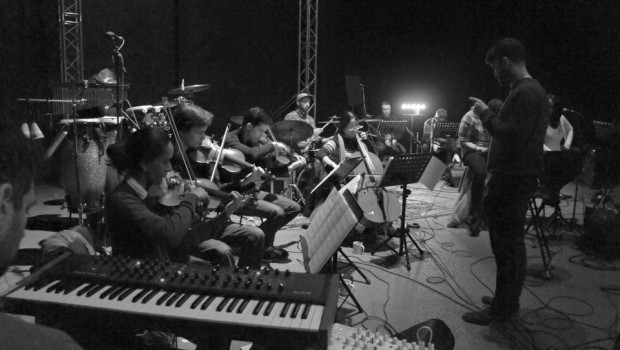



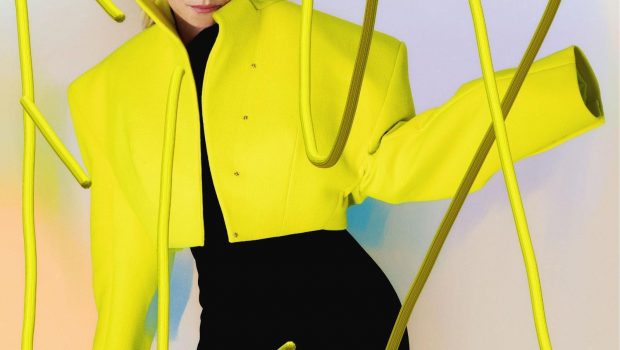




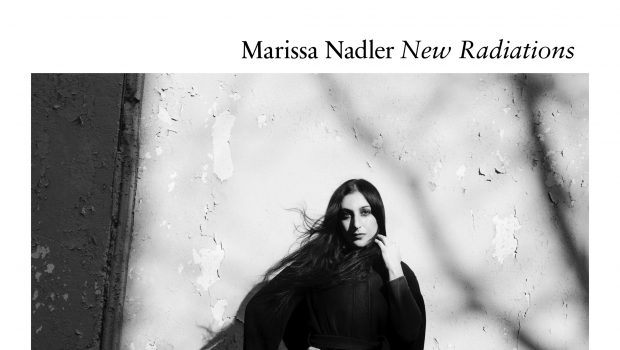
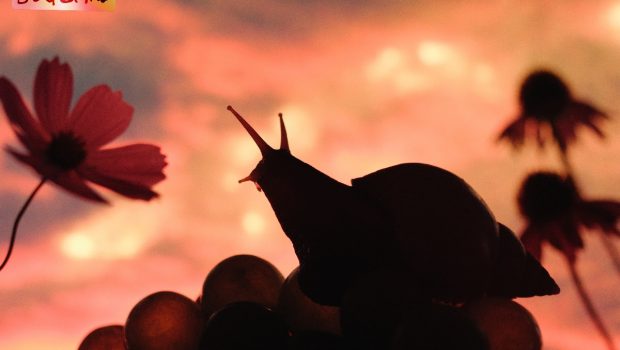
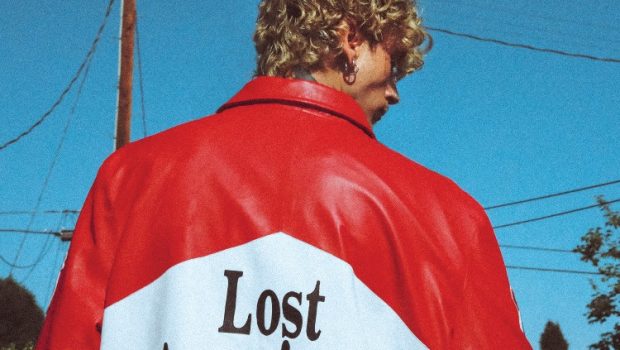
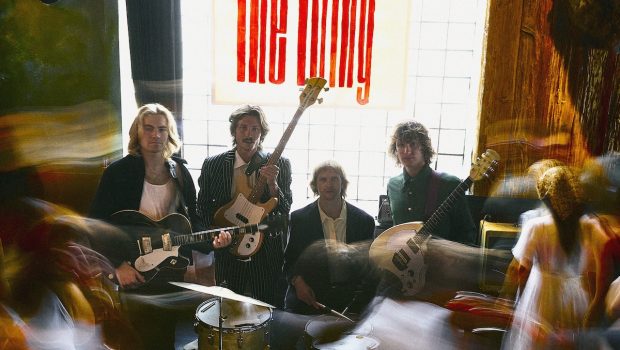
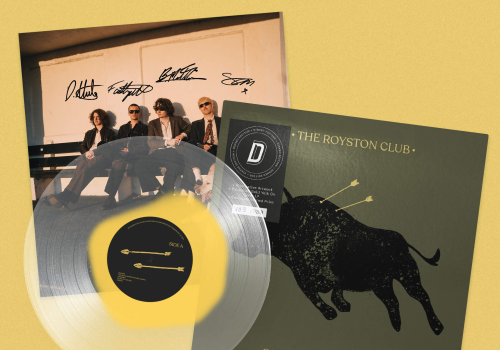

Thanks Paddy, enjoyed reading this

Wondering if you know who the female vocalist is that Submotion have currently touring with them for their In Colour shows? Saw them play for the 3rd time last week in Belgium and LOVED them as always